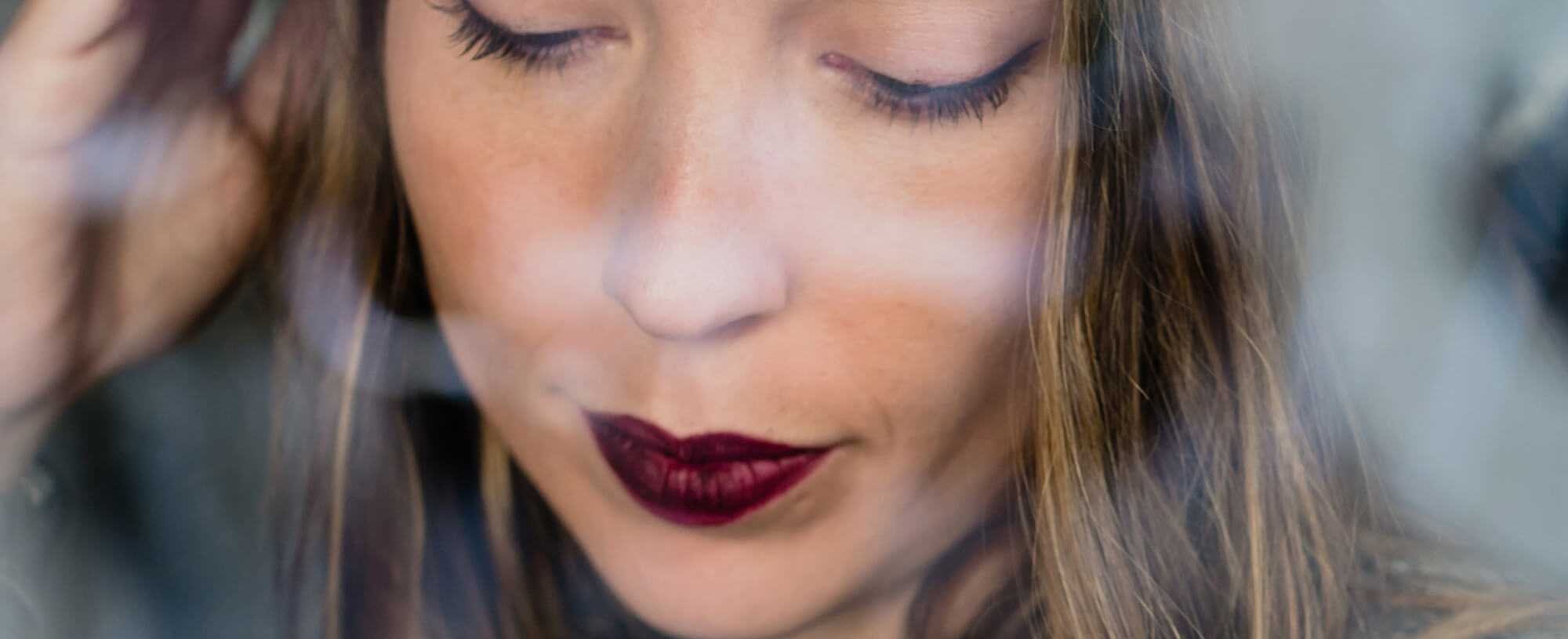True vs False: 10 scorching facts about the sun
We all know that the sun harms our skin. The problem is we're all guilty of ignoring the guidelines. So time to brush up on the facts and bust some myths!
January 01, 0001










